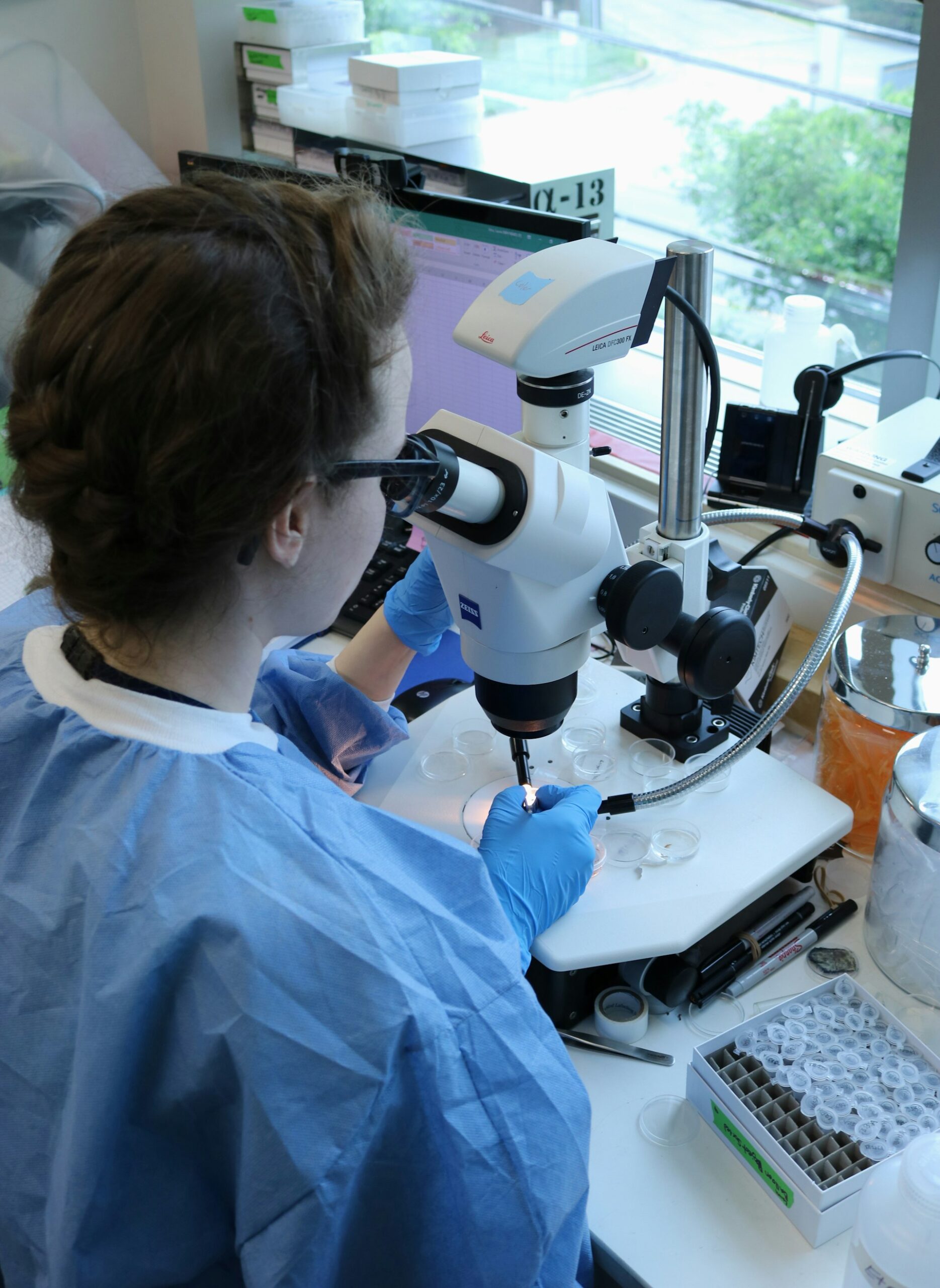Modern Fathers: Redefining Parenting Roles for Deeper Family Connections

Photo by Tamara Govedarovic on Unsplash
The Changing Landscape of Fatherhood
Over the past several decades, the role of fathers in families has undergone a profound transformation. Traditional expectations once positioned fathers primarily as financial providers and disciplinarians. Today, fathers are increasingly recognized for their crucial contributions across all aspects of parenting, from daily caregiving to emotional support. This shift is driven by evolving social norms, increased gender equality, and research highlighting the unique benefits of father involvement for children.
Unique Contributions of Fathers in Child Development
Modern research underscores the distinct and complementary impact fathers have on their children’s growth. According to a meta-analysis published in the
Marriage and Family Review
, father involvement is linked to significant improvements in psychological well-being, emotional resilience, social skills, and academic achievement for both boys and girls
[1]
. Fathers often emphasize preparing children for real-world challenges, fostering independence, and encouraging risk-taking within a framework of safety and support. This approach helps children develop problem-solving skills and confidence.
For example, when children experience emotional distress, fathers are more likely to address the underlying issue and guide their children toward practical solutions. While this may seem less nurturing than a maternal response, it teaches children to manage emotions constructively and equips them with tools for resilience as they grow [1] .
Increased Hands-On Involvement
The modern father is far more engaged in daily caregiving than previous generations. Data from the 2021 American Time Use Survey reveal that fathers of children under 18 spend, on average, over an hour each day caring for and playing with their kids [2] . For fathers with young children under six, this time increases to more than an hour and a half daily, including activities like dressing, bathing, and reading.
Despite these gains, mothers continue to spend more time on education-related activities and caregiving overall. However, the gap is narrowing as more fathers embrace shared parenting responsibilities, reflecting a broader shift toward partnership and teamwork within families.
The Rise of Stay-at-Home and Primary Caregiver Dads
One of the most significant trends in modern parenting is the growing number of fathers serving as primary caregivers. U.S. Census data show that approximately 7 million married fathers serve as a regular source of care for their children under age 15, a substantial increase from previous decades [3] . Many fathers now work part-time or alternate shifts to maximize time with their children. The National At-Home Dad Network highlights that the true number of at-home dads is likely higher than official statistics suggest, as many contribute to caregiving while still maintaining some form of employment.
This shift is not limited to any single family structure. Fathers of all backgrounds-including single fathers, adoptive and step-parents, and those in same-sex partnerships-are demonstrating that caregiving is not defined by gender but by commitment and capability [4] .
Benefits of Active Fatherhood for Children and Families
Children with engaged fathers experience a range of advantages, including enhanced academic performance, higher self-esteem, and stronger social development [5] . Fathers who share in household and caregiving duties model positive behaviors and help foster gender equality. Families with actively involved fathers also report deeper emotional bonds and greater overall satisfaction in family relationships.
For example, a father who participates in parent-teacher meetings, prepares meals, or leads bedtime routines not only strengthens his relationship with his children but also eases the pressures of parenting for his partner. These shared responsibilities contribute to a more balanced and resilient household.

Photo by Maksym Mazur on Unsplash
Practical Steps for Fathers to Increase Involvement
Every family’s circumstances are unique, but there are proven ways for fathers to play a more active role in parenting:
- Increase Quality Time: Set aside dedicated time each day for play, conversation, or collaborative activities. Small, consistent interactions build trust and connection.
- Participate in Daily Routines: Take on tasks like preparing meals, dressing children, helping with homework, and attending school events. This involvement supports children’s development and demonstrates partnership.
- Practice Emotional Availability: Listen to your children’s concerns, offer practical help, and be present during difficult moments. Balancing problem-solving with empathy teaches resilience and emotional intelligence.
- Support Your Partner: Share the mental and physical load of parenting. Open communication and shared decision-making foster a healthy family environment.
Overcoming Challenges and Barriers
Despite progress, many fathers face social, cultural, or workplace barriers to full participation in parenting. Some employers may not offer paternity leave, and societal expectations can discourage men from taking on caregiving roles. Fathers seeking greater involvement can:
- Advocate for flexible work arrangements or paternity leave through their employer’s human resources department.
- Connect with local or online parenting groups for fathers, such as the National At-Home Dad Network, to find support and resources.
- Communicate openly with their partner about responsibilities, expectations, and challenges.
In situations where workplace or cultural obstacles persist, it may be helpful to seek guidance from a family counselor or community organization specializing in family support services.
Alternative Approaches and Resources
For fathers who cannot be physically present due to work or other obligations, meaningful involvement is still possible. Maintain regular phone or video communication, participate in important milestones remotely, and look for ways to contribute to decision-making from afar. Many community centers, schools, and family service agencies offer programs for fathers to build skills and strengthen relationships with their children. To access these resources, search for “fatherhood support programs” or contact local family service organizations for information on available workshops, support groups, or counseling.
Employers increasingly recognize the importance of work-life balance for all parents. If you are interested in improving parental leave or flexible work policies, discuss these options with your supervisor or human resources team. For broader legal protections, consult your state labor department or visit the U.S. Department of Labor website for up-to-date guidance on family leave rights.
Real-World Example: A Father’s Journey
Antoine, a father of three, once viewed his role mainly as a provider. After taking paternity leave for his youngest child, he found the experience transformative. Being present for daily routines deepened his bond with his children and inspired him to take a more active role at home. Antoine’s story illustrates how modern fathers are redefining what it means to parent-showing that presence, support, and engagement can profoundly enrich family life [5] .
Key Takeaways and Next Steps
Modern parenting is a shared journey, with fathers playing essential roles in shaping children’s futures. By embracing hands-on involvement, emotional support, and shared responsibility, fathers contribute to resilient, thriving families. If you are looking to increase your involvement or support other fathers, consider reaching out to local parenting networks, discussing flexible work arrangements with your employer, or seeking resources from family service organizations. Remember, the path to engaged fatherhood is open to all, regardless of background or circumstance-and every step toward greater involvement makes a meaningful difference.
References
- [1] Institute for Family Studies (2020). “We Need Dads More Than Ever” – Meta-analysis on the unique role of fathers.
- [2] Pew Research Center (2023). “Key Facts About Dads in the U.S.” – Analysis of time use and breadwinning roles.
- [3] National At-Home Dad Network (2023). “Statistics on Stay-At-Home Dads” – Data on fathers as primary caregivers.
- [4] American Psychological Association (2018). “The Changing Role of the Modern Day Father” – Overview of evolving caregiving roles.
- [5] Enfants d’Azur (2025). “The Evolving Role of Fathers: Modern Fatherhood in 2025” – Exploration of modern fatherhood dynamics.



